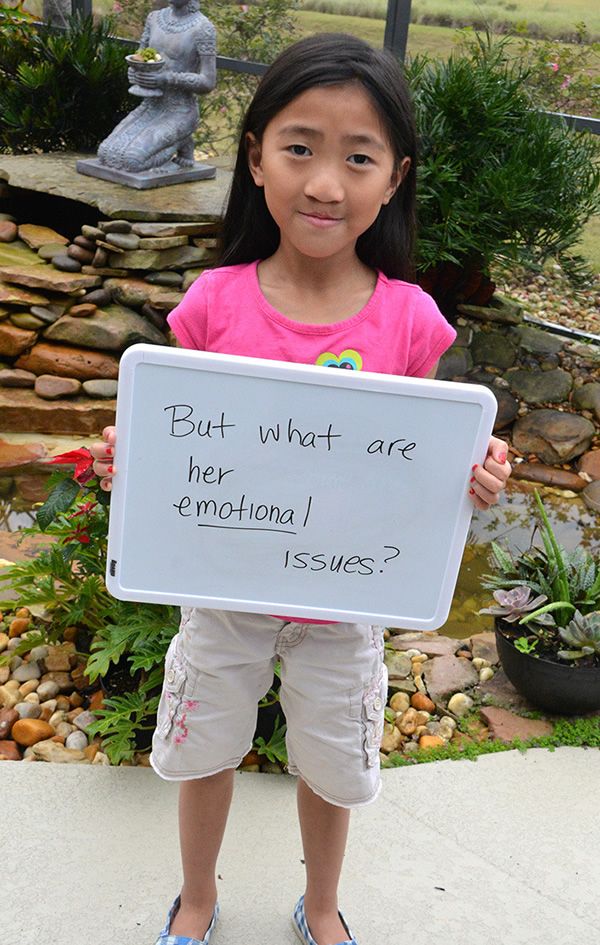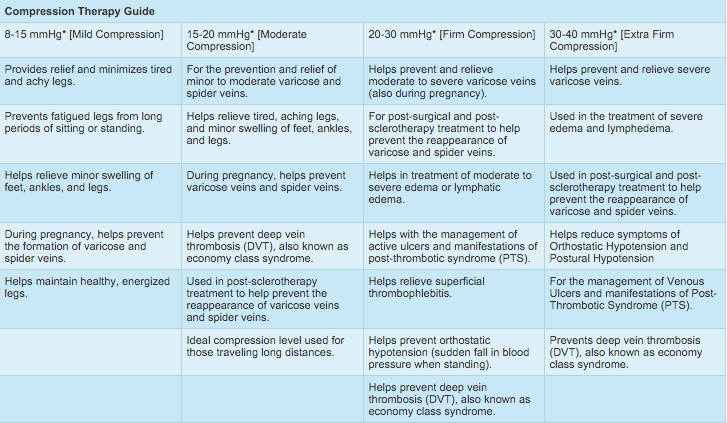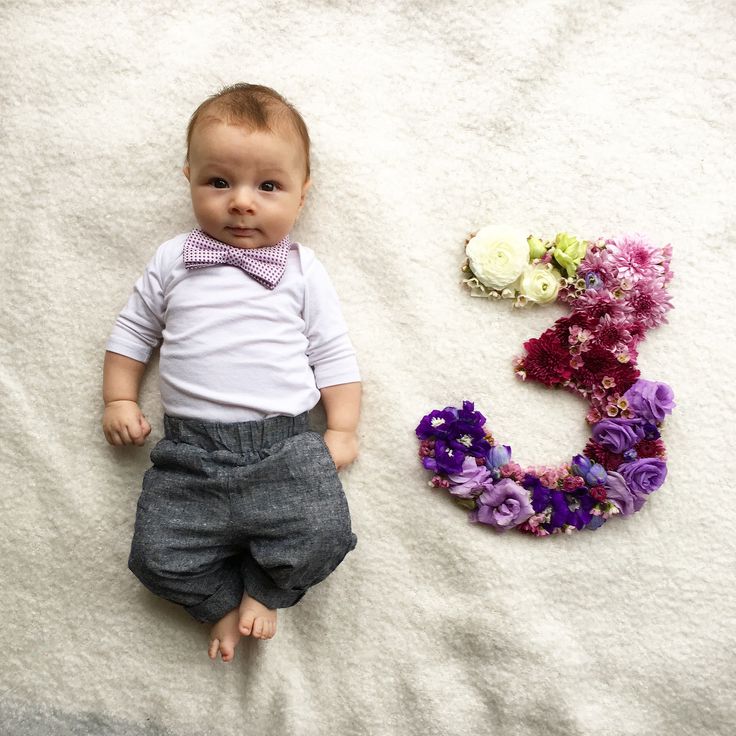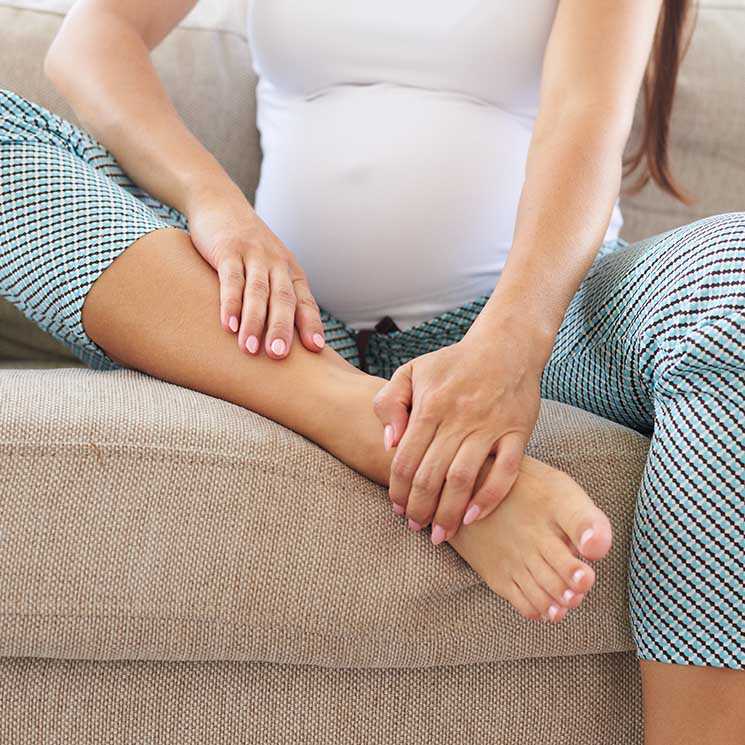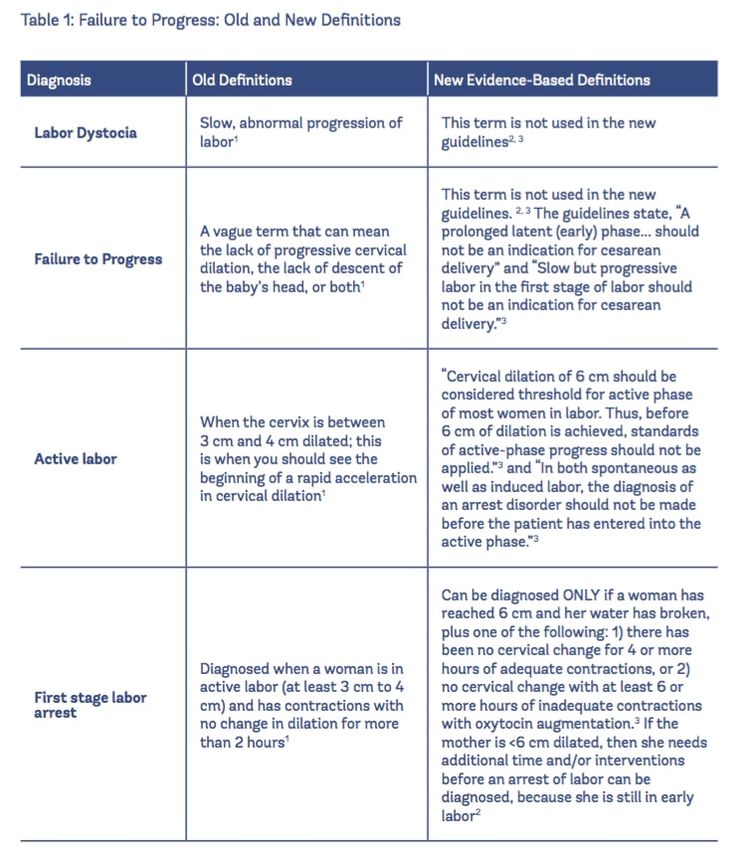6Th month baby
Your baby's developmental milestones at 6 months
Explainer
Everything you need to know about your growing 6-month-old.
UNICEF
At 6 months, your baby will start using sounds to express emotion. She/he may mimic sounds she/he hears, like "ma,” “da,” “ah,” “oh" and even "no!" Your little one will begin to recognize familiar faces, reach and grasp for toys and will soon be crawling — start preparing your home (and yourself) for a mobile child!
Get ready by removing any sharp, breakable or electric objects from the child’s reach, locking closets with dangerous liquids or supplies (or putting them in a safe place far out of your child’s reach), and closing windows to ensure your child’s safety.
| Social and emotional |
| Language and communication |
| Brain development |
| Movement and physical development |
| Food and nutrition |
| Things to look out for |
| Tips and resources |
| < Back to Parenting Milestones |
Social and emotional milestones at 6 months
Some of the ways you’ll see your little one learning to connect with the people around him at 6 months:
- Is usually happy and responds to the emotions of others.
- Starting to differentiate between familiar faces and strangers.
- Enjoys playing with you and others.
- Has fun looking at himself in a mirror.
Tips for parents
- Talk to your baby about what is going on around him in a sweet tone.
- Include a child-friendly or plastic mirror with his toys so he can watch his movements.
- Start playing more body games like peek-a-boo.
Language and communication milestones at 6 months
How your baby is expressing her needs:
- Will recognize and respond to her name.
- Puts vowel sounds together and likes taking turns saying them with you. She is starting to make some consonant sounds, too.
- Will respond to noises by making sounds.
- Is making sounds to show positive and negative emotions.
Tips for parents
- Engage in playful conversations with your baby: Create a serve-and-return interaction by repeating back to her the sounds she makes.

- Familiarize your baby with her name by using it frequently.
Brain development milestones at 6 months
How your child’s brain is growing:
- He is curious: He looks at objects nearby and tries to grab ones that are out of reach.
- He passes things from one hand to the other and brings his hands to his mouth.
Tips for parents
- Provide your baby with toys that are easy to pick up with one hand.
- Have conversations with your baby about different objects he is putting into his mouth.
Movement and physical development milestones at 6 months
How she’ll move through her environment:
- Is starting to be able to sit without a support.
- Is rolling over in both directions.
- Will push down on her legs when her feet are on a hard surface.
- Rocks back and forth.
Tips for parents
- Leave her favourite toys nearby so she can reach them by rolling over.
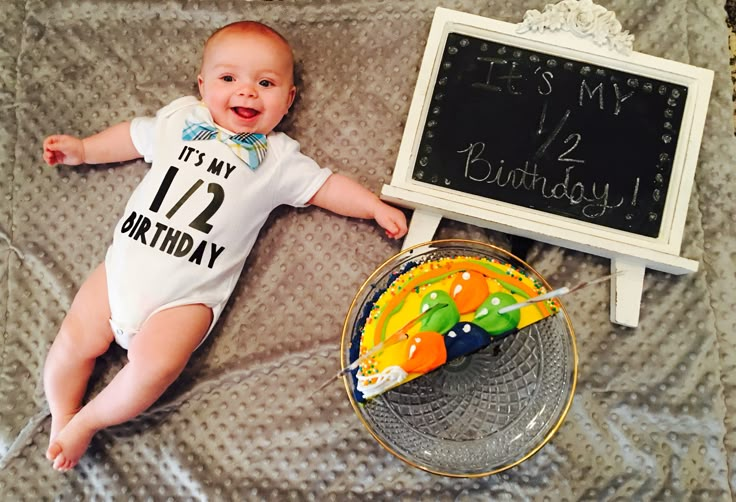
Food and nutrition milestones at 6 months
What mealtimes look like at 6 months:
- Is showing an interest in food and opens his mouth when spoon fed.
- Is moving food from the front to the back of his mouth when he chews.
- Is starting to eat cereals and single-ingredient pureed foods like carrots, sweet potato and pears.
Tips for parents
- At 6 months, your baby needs more than breastmilk alone. Start giving him just 2 or 3 spoonfuls of soft food four times a day.
Things to look out for
While all babies develop differently, you should speak to your paediatrician immediately if your 6-month-old:
- Doesn’t show affection to parents or caregivers.
- Won’t respond to nearby sounds.
- Doesn’t laugh.
- Has a hard time getting things into her mouth.
- Doesn’t make vowel sounds.
- Seems too floppy or too stiff.

- Can’t roll over in either direction.
- Doesn’t attempt to grab objects nearby.
True or False?
Loading...
Explore age groups
2 Months | 4 Months | 6 Months | 9 Months | 1 Year | 18 Months | 2 Years
< Back to Parenting Milestones
6-Month-Old Baby: Milestones, Growth, and Feeding
Congratulations! Your little one is half a year old. You and your baby can expect quite the adventure this month as they may learn to stay sitting up all by themselves and might even get their first taste of solid food. Read on to learn all about the development milestones your 6-month-old baby may reach this month, what exciting new foods they could try, what their sleeping and napping routine may look like, and the challenges you may face with older siblings!
Baby Development MilestonesOver the past few months, your baby has added new skills and abilities.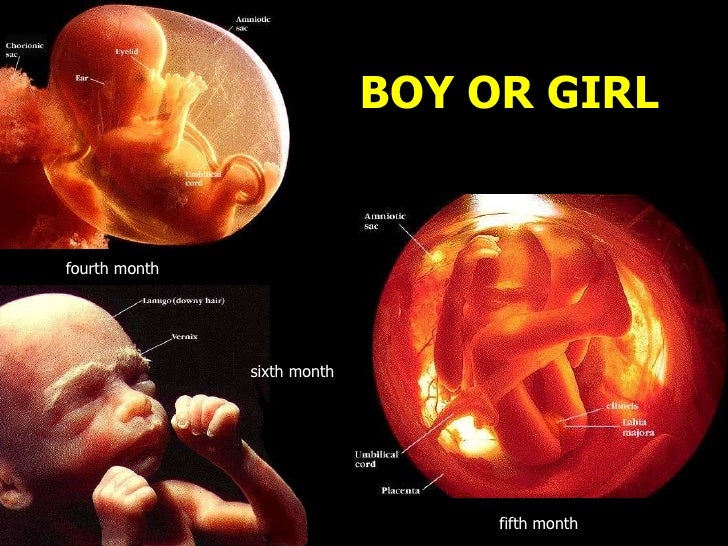 For instance, they will now be able to spot objects that are several feet away and track moving objects well. You may notice they will perk up when they hear their name or will stop doing something when you say “no.” Around the time they’re 6 months old, pay extra attention so they don’t roll off a high surface—rolling over on both sides will be a new trick they will learn.
For instance, they will now be able to spot objects that are several feet away and track moving objects well. You may notice they will perk up when they hear their name or will stop doing something when you say “no.” Around the time they’re 6 months old, pay extra attention so they don’t roll off a high surface—rolling over on both sides will be a new trick they will learn.
“They grow so fast!” You’ll probably hear this sentiment quite often. When your baby is 6 months old, they may have even doubled their birth weight. Not all babies will grow at the same rate, but don't be surprised if your baby gains around 1 to 1 1/4 pounds a month at this stage. Those little bones are growing rapidly, too.
Around this time, your baby may start to show signs of teething, including excess drooling and chewing on objects. You may spot a tooth or two—or not quite yet, as the age at which teeth first appear varies greatly from child to child.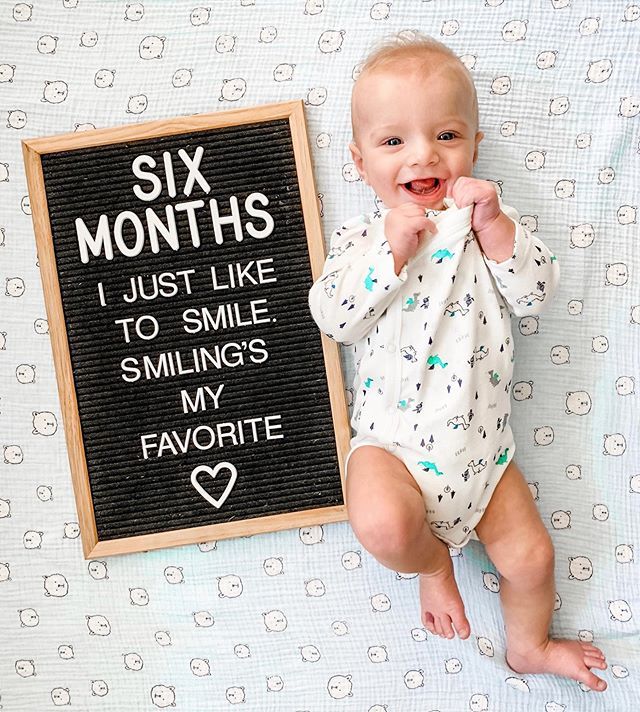
Teeth and gum care are essential from the get-go. If you're wondering how you should go about cleaning those first tiny teeth, just brush them gently with a soft, child-size toothbrush and a tiny bit of toothpaste, approximately the size of a grain of rice.
As your baby reaches out to grab things and explore the world, make sure you’re careful about the things their little hands can touch. Babies love putting objects into their mouths, especially while they’re teething, so never give your 6-month-old any food or toys that might be a choking hazard, and don’t leave anything dangerous within their reach.
Senses: Your Baby Can See Across the RoomAround the six-month developmental milestone mark, your little one’s depth perception has improved. So, how far can a 6-month-old see?They will be able to see much farther now, perhaps even several feet or more. In fact, they can now focus on objects without getting cross-eyed, and can also tell the difference between colors.
Your little one is getting stronger and more mobile by the day. Around the time your baby turns 6 months old, they may be able to roll over in both directions. Keep an eye on them to make sure they don’t fall off the bed or couch. It’s better not to let them surprise you with this new skill when you’re least expecting it.
Each movement prepares your baby for the next step. As their trunk and neck get stronger, they may even be able to sit when placed in a seating position with support. Over the weeks they’ll get more confident, and soon they’ll also be able to remain sitting upright without any help.
related baby tool
Keep an eye on your baby’s average growth by tracking height, weight, and head circumference with our simple tool.
Fill out your baby's details*:
What is your child*
Boy Girl
This is a mandatory field.
Age (between 0 and 24 months)
This is a mandatory field.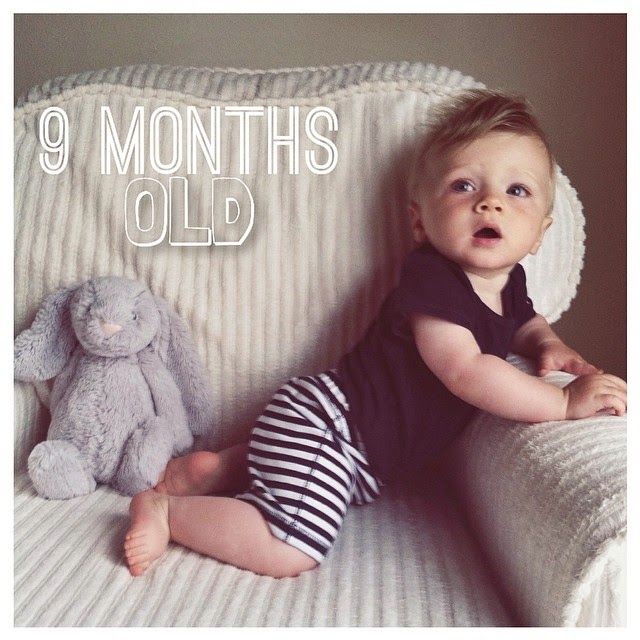
Weight (lbs.)
This is a mandatory field.
Height (in.)
This is a mandatory field.
Head circumference (in.)
This is a mandatory field.
*Input details of your baby’s last measurements. **Source: World Health Organization
Personality: Your Baby Recognizes Their Name
Your baby is turning into a little communicator after spending their first few months listening to your voice and noticing the sounds you make. They may start to imitate the sounds of speech around the time they’re 6 months old. They still may be far off from talking, but that doesn’t mean these moments aren’t valuable.
If you call your baby by their name, they may perk up and take notice. Also, when you say the word “no,” they may pause what they’re doing in response. Slowly, your little one will start to associate words with objects. It’s going to be a thrill to observe how their language skills develop over the coming months!
Slowly, your little one will start to associate words with objects. It’s going to be a thrill to observe how their language skills develop over the coming months!
As your little one gets more mobile and curious, they may become a little feistier, too. At this age, discipline is about keeping your baby safe. Setting boundaries helps teach your little one what’s acceptable and unacceptable behavior. The best way to handle an overly assertive 6-month-old is not to punish them, but to reward desired behavior. If you notice your baby doing something that’s not allowed, stop them, let them know it’s wrong, and get them interested in a better activity instead.
Activities for Supporting Your 6-Month-Old Baby’s DevelopmentAre you wondering how to play or interact with a 6-month-old? It's easy to join in the fun and take an active part in your baby’s cognitive journey. Things to do with a 6-month-old baby include reading, singing, talking, and playing every day.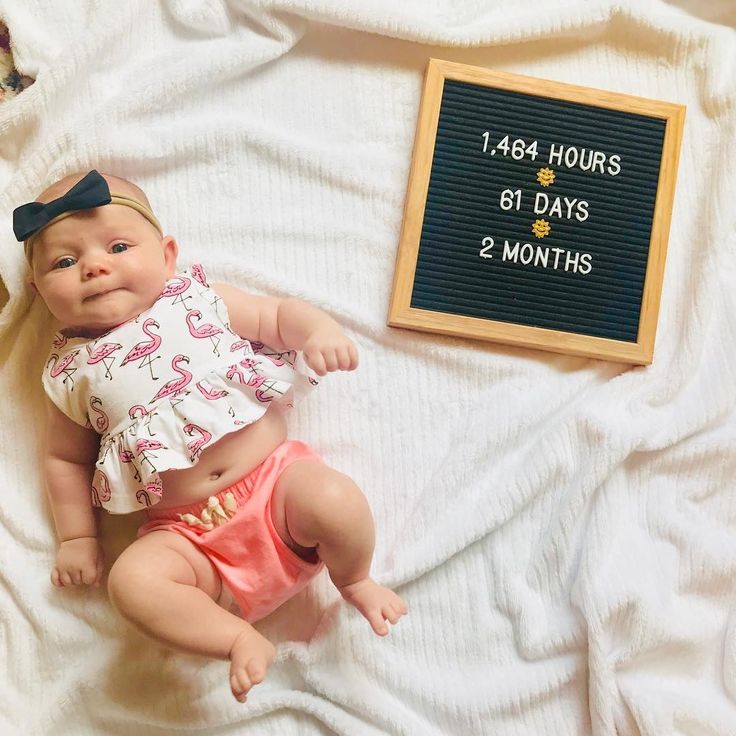 These activities not only bring the two of you closer but also help activate your baby’s intellectual development.
These activities not only bring the two of you closer but also help activate your baby’s intellectual development.
Think of the words your baby hears as little seeds: Each one gets planted in their mind and will help them grow their vocabulary. Reading aloud doesn’t just teach them new words, but also encourages them to listen, introduces them to new concepts and ideas, teaches them about the world, and gives them lessons in how to communicate.
Reading to your baby can also help your little one grow socially and emotionally, especially if you tap your inner actor to read with enthusiasm, funny voices, and sound effects.
Your baby will want to look, point, and touch the page as you read. Encourage their participation as much as possible. The more words they hear and see, the more they’ll try to copy sounds, remember words, and recognize pictures. Try to set aside some time to read each day, and soon you’ll find it’s an activity you both love.
Feeding Your 6-Month-Old Baby: Starting Solid FoodsThis month you may be wondering what to feed a 6-month-old? Welcome to the new world of solid foods.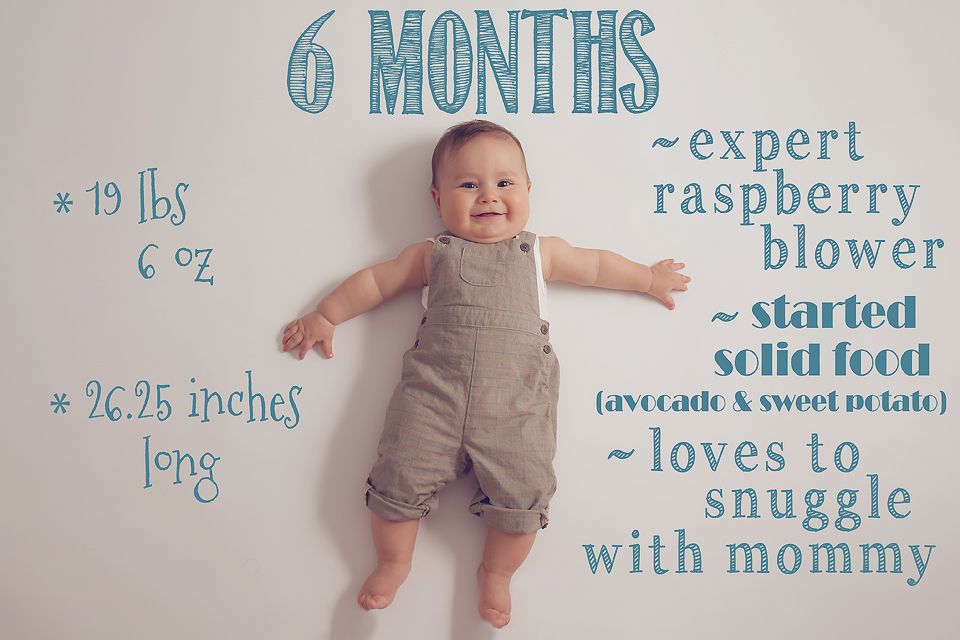 Get ready for lots of fun and messes!
Get ready for lots of fun and messes!
Here are five steps for introducing solid foods to your 6-month-old baby for the first time:
Find a time of day when your baby is not feeling tired and is a little hungry
Support them in your lap or an infant seat
Use a small spoon to feed them
Hold the spoon close to their lips and let them smell and taste the food
They may reject the food, but just try again a minute later. It’s perfectly normal for these first few spoonfuls of food to end up on the bib, the tray, your shirt, or your baby’s chin.
Wondering what can babies eat at 6 months old? Experts have traditionally recommended that babies start with iron-fortified, single-grain baby cereal mixed with some breast milk or formula, but you could also begin with pureed vegetables or fruits. If you’re unsure what to feed your baby, consult your baby’s healthcare provider for advice.
When introducing new baby foods, keep an eye out for reactions like rashes, diarrhea, or vomiting.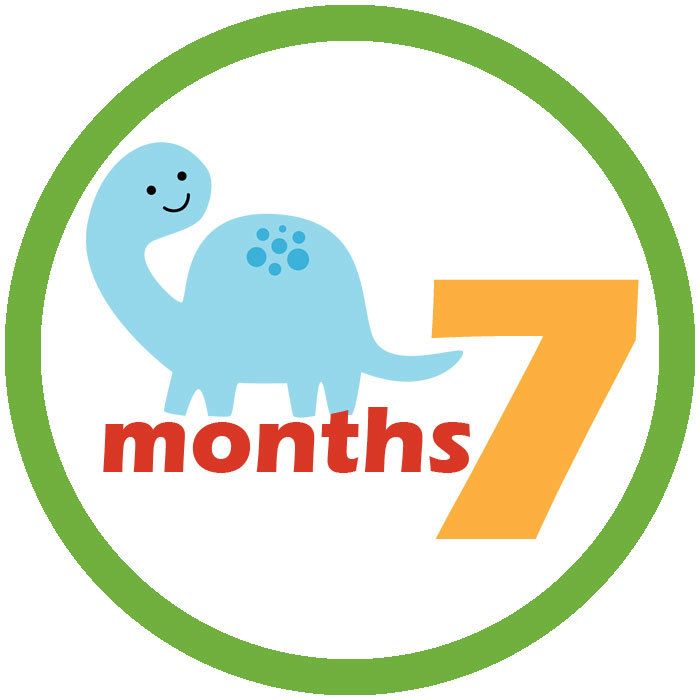 If any of these reactions occur, check in with the healthcare provider to rule out food allergies or sensitivities, especially if either you or your partner has a food allergy.
If any of these reactions occur, check in with the healthcare provider to rule out food allergies or sensitivities, especially if either you or your partner has a food allergy.
Make sure your baby sits in an upright position, and give them only soft, easy-to-swallow food to prevent choking. Do not put baby cereal in a bottle, as this can be a choking hazard. In some cases, your baby’s healthcare provider may recommend bottle-feeding with a thickened formula if your baby has reflux or GERD.
At the six-month development mark, some parents may like to try a new feeding approach with their baby called baby-led weaning (BLW). This method involves introducing your 6-month-old baby to finger foods (instead of pureed foods) that are easy to eat even with no teeth.
A typical BLW meal plan may include steamed carrot sticks, roasted sweet potato wedges, and steamed broccoli florets, among other easy-to-chew vegetables or fruits. The key is to avoid offering food in shapes that might become a choking hazard, such as any vegetables or fruits in coin shapes (e.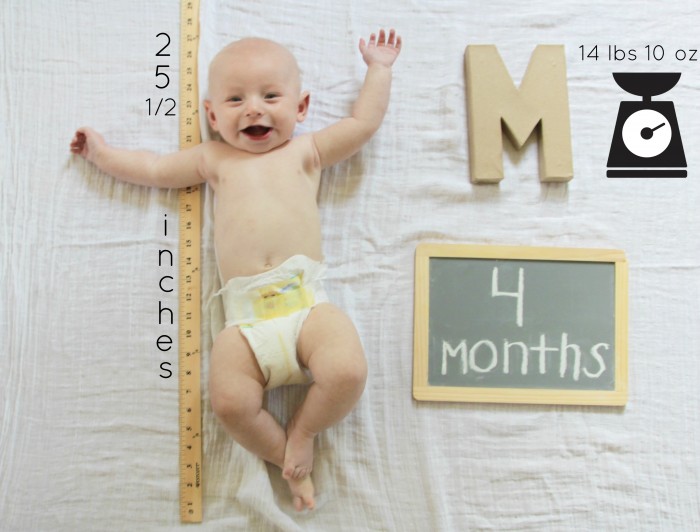 g., sliced carrots and cucumbers) and ball shapes (e.g., cherry tomatoes and grapes).
g., sliced carrots and cucumbers) and ball shapes (e.g., cherry tomatoes and grapes).
Even though your little one is varying their diet by eating solid foods, they will still need breast milk or formula including in their feeding schedule. At 6 months old, your baby may be taking up to eight ounces of breast milk or formula every four to five hours.
Make sure your baby doesn't fall asleep with a bottle in their mouth. This will help prevent cavities and also a condition known as “bottle mouth,” when the sugars from milk or juice eat away the enamel of the teeth.
What your baby eats may change, but one thing remains: dirty diapers. Fortunately, all those diapers can be quite rewarding! Download the Pampers Club app and turn diapers and wipes into rewards and discounts.
How Much Sleep Does a 6-Month-Old Baby Need?How much sleep does a 6-month-old need? When your baby is this age, they may sleep around 12 to 16 hours per day. They might snooze around nine hours at night, sometimes even longer, with a few brief awakenings. During the day, they will still need around two or three naps.
They might snooze around nine hours at night, sometimes even longer, with a few brief awakenings. During the day, they will still need around two or three naps.
If your 6-month-old baby’s having trouble sleeping, check out the Smart Sleep Coach app by Pampers. Cocreated by pediatricians and sleep experts, this easy-to-use app can help you understand your baby’s sleep and includes a tracker to help you plan your little one’s sleep schedule.
A Day in the Life of Your 6-Month-Old BabySo, what “should” a 6-month-old baby be doing? Although each baby is unique, here is an example of a daily schedule for a 6-month-old baby.You could choose to follow this as a guide when it comes to establishing your baby’s eating, sleeping, bathing, and playing routines:
Your Baby’s HealthAs your baby gets more mobile and reaches for more objects, they will become more at risk of infection. Your best bet is to keep your baby away from anyone with the flu or any other infectious disease. Sometimes, though, it’s impossible to prevent your little one from getting ill. These are some common health problems for 6-month-olds:
Your best bet is to keep your baby away from anyone with the flu or any other infectious disease. Sometimes, though, it’s impossible to prevent your little one from getting ill. These are some common health problems for 6-month-olds:
Diarrhea. This can be due to contact with viruses (like norovirus) or bacteria, from the introduction of new foods like fruit juice, or because your baby has a food allergy.
Fever. Infants may have temperatures higher than those of older children. On its own, a fever is not an illness, but rather a symptom of something else. It can mean your baby’s body is fighting infection.
Earache or ear infection. Middle ear infections are common for babies and children between 6 months and 3 years of age, and often occur after a child has had a cold. If your baby seems uncomfortable you can give acetaminophen or ibuprofen in a dose appropriate for their age or use a warm compress on their ear to help ease the pain.
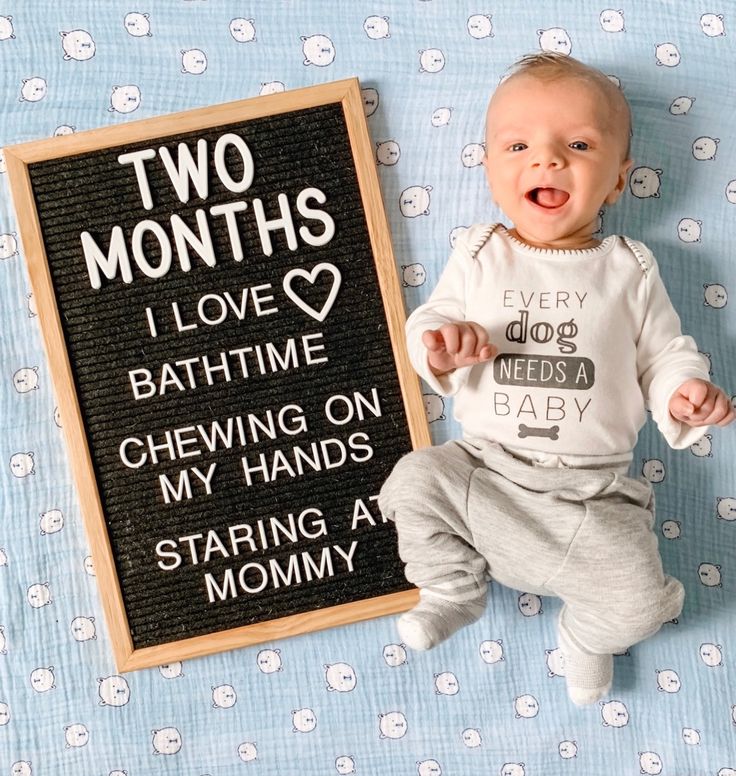 Your baby’s healthcare provider may also recommend pain-relieving ear drops. Some ear infections are caused by bacteria and may require antibiotics, so consult your baby’s healthcare provider about treatment options for your 6-month-old baby.
Your baby’s healthcare provider may also recommend pain-relieving ear drops. Some ear infections are caused by bacteria and may require antibiotics, so consult your baby’s healthcare provider about treatment options for your 6-month-old baby.
If you notice diarrhea, fever, or an ear infection, take your baby to their healthcare provider, who can recommend treatment and rule out any more serious problems.
Development Tips for Your Baby This MonthConsider some of the following activity ideas and development tips for your 6-month-old baby this month:
Provide consistent care, including physical touch. Any type of contact whether it’s hugging, skin-to-skin or body-to-body contact can help your baby build a sense of security and foster their sense of well-being.
Tune into your baby’s rhythm. Get to know your baby’s likes and dislikes and follow their moods. Any attention you give them won’t spoil them.
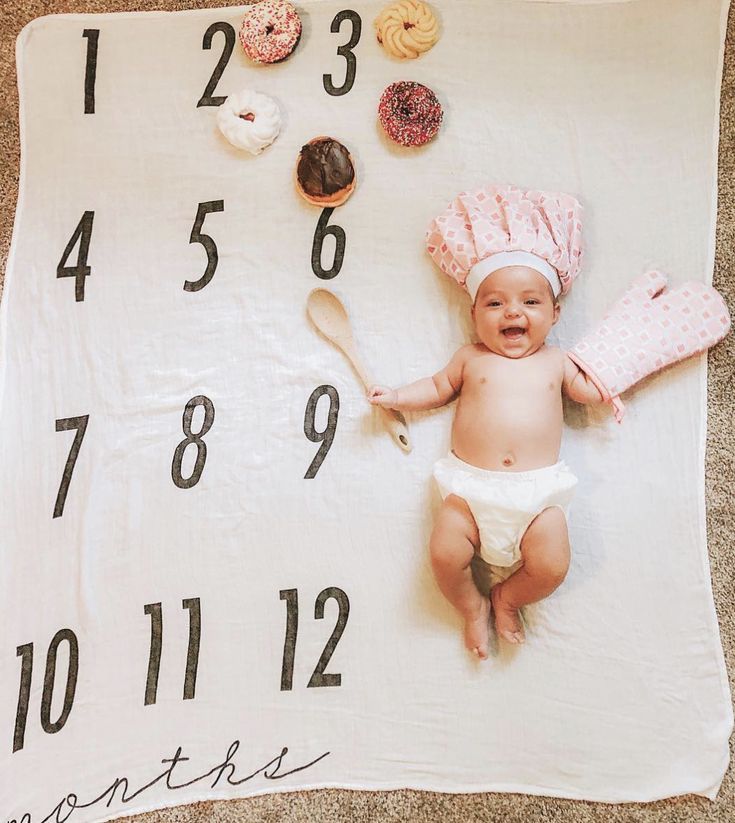
Chat with your baby. Talk to your baby throughout the day and have face-to-face “conversations.” If your family speaks another language, use it as often as you can.
Encourage longer stretches of nighttime sleep. At 6 months old many babies’ sleep schedule changes. At this age, your baby may be able to sleep for extended periods at night, while still taking a few naps during daytime hours.
Choose quality child care for your baby. If you depend on day care or use a babysitter, ensure that your baby receives positive, affectionate, and responsive caregiving.
These are some baby gear items that may come in handy this month:
High chair. Now that your baby is ready for solid foods, it’s time to invest in a high chair to make feedings easier and safer.
Baby food maker. When your baby is 6 months old and starting on solids, you might appreciate having a baby food maker.
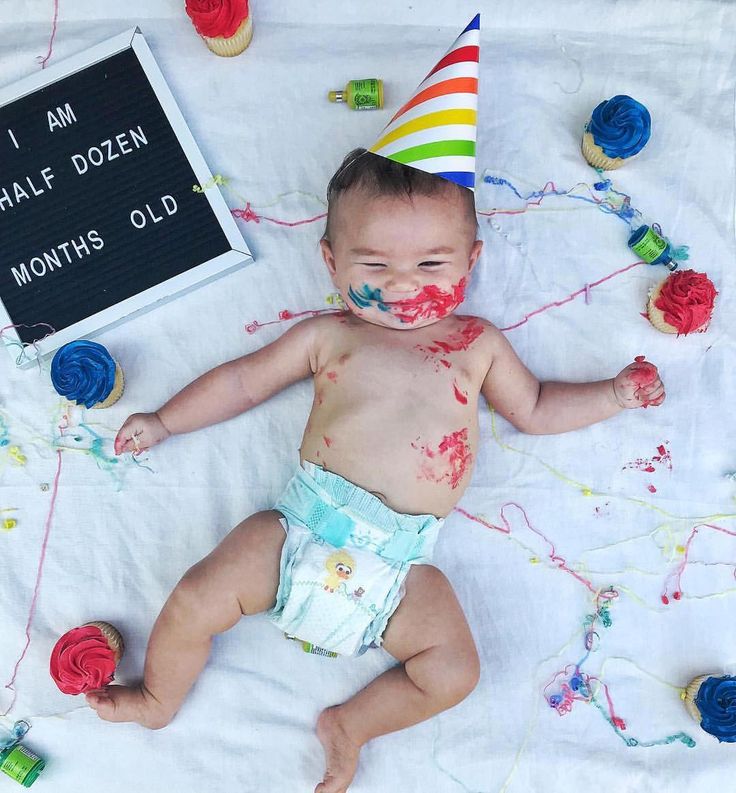 There are many baby food recipe ideas you can try for delicious homemade baby food.
There are many baby food recipe ideas you can try for delicious homemade baby food.Baby toys. Some of the best choices for entertaining a 6-month-old baby and encouraging their curiosity and skill development are toys with textures and fingerholds, musical toys, and soft balls.
Diapers, wipes, and diaper rash cream. It’s a good idea to keep plenty of diapers and wipes at home, along with some diaper rash cream.
Humidifier. A cool mist humidifier can help keep your baby comfortable when the air in our home is dry.
Baby thermometer. You'll be glad to have one of these when your baby spikes a fever. Keep one in your medicine cabinet or first-aid kit.
If you have any older children, especially if they are under 2 years old, you may notice a spark of sibling rivalry. As your little one is getting bigger and starts demanding more attention, your older child may become upset about sharing the spotlight.
As your little one is getting bigger and starts demanding more attention, your older child may become upset about sharing the spotlight.
Try to help soothe your older child’s feelings by involving them in more activities with your baby—maybe read a story or sing a song together. This can be fun for all of you and will make the older sibling feel more included in the baby’s life.
Checklist for This Month□ Babyproof your home. You can find lots of information on baby proofing here.
□ Schedule and go to your baby's 6-month checkup. Ask the provider about any upcoming immunizations your baby needs. Learn more about the immunization schedule.
□ Each month brings more exciting news for your little one. Find out what could be waiting for you when they turn 7 months old.
□ Download and print these baby milestone cards so you can celebrate and share this special date with family and friends.
□ For even more information, sign up to get our emails:
what “should” be able to be boys and girls
11.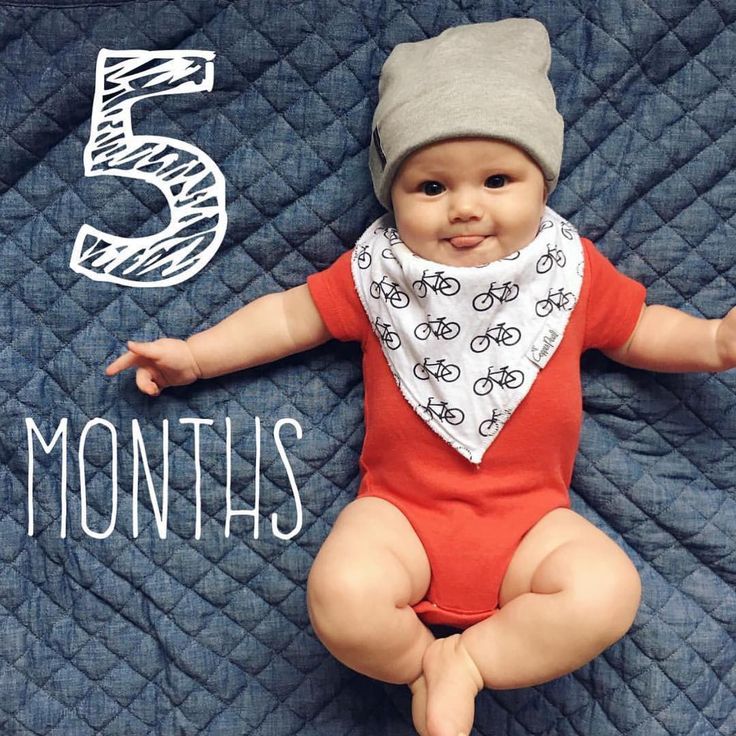 03.2021
03.2021
12093
15,0003
Development of a child
3-6 months 6 --9 months
Team Babysleep
Team Babysleep
Consultants for SN , doctors, psychologists, breastfeeding consultants
Six months - you can say the first round date for your baby. By this time, he was strong and about twice as heavy since birth. Together you have already gone through several developmental leaps, grown the first teeth (but this is not certain), and mastered new motor skills. Further more! And where further and what more - now we will tell. nine0003
Baby's crisis calendar
Contents
In this article:
Baby's height and weight at 6 months
Skillful hands: developing hand skills at 6 months
Physical development of the baby at 6 months
Mental development of the baby at 60 months 931 Massage / gymnastics at 6 months
Speech development
How to play with a baby at 6 months
How sleep and development mutually influence each other
All children are different. Even twins often have different rates of development. Any tables and norms can only serve as a guide. Hardly anyone can feel a child better than a mother and know what and when he needs. nine0003
Even twins often have different rates of development. Any tables and norms can only serve as a guide. Hardly anyone can feel a child better than a mother and know what and when he needs. nine0003
Height and weight at 6 months
In 2005, the World Health Organization (WHO) issued the Child Development Standards. They are based on a large-scale study of the height and weight of almost 9,000 full-term boys and girls from around the world who were breastfed for at least 6 months and their mothers did not smoke. Unlike the old standards, the new norms allow parents to track the development of the child, taking into account his individual characteristics.
Child's height at 6 months
Babies grow an average of 1.7 cm in their sixth month. Perhaps this month you will decide to move your baby from the cradle, if you have used it, to a larger crib.
Natalia Trofimova
Senior sleep consultant, pediatrician
Children's height and weight norms are very wide, depending on the term of delivery and birth weight, type of feeding.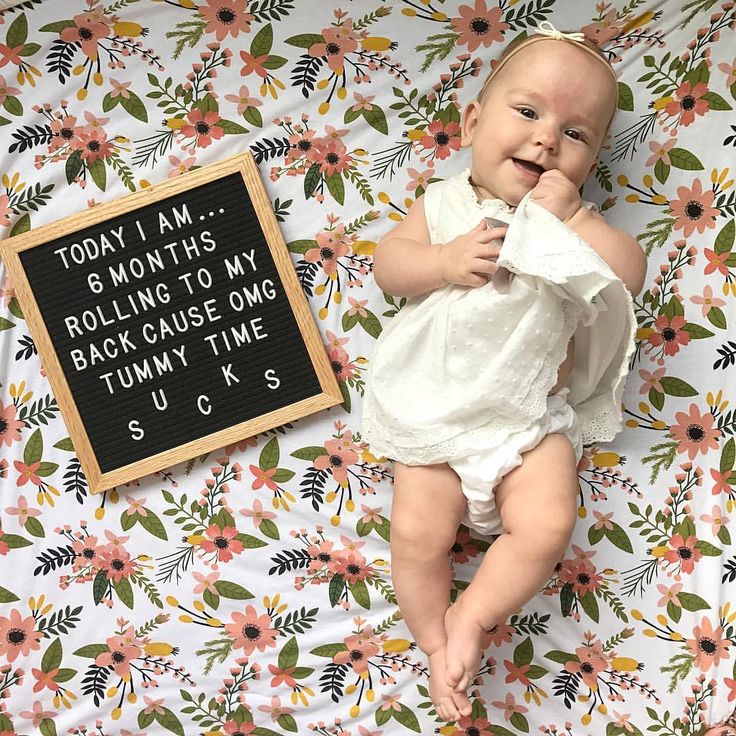 It is optimal when the height and weight indicators are in the same column-corridor (“medium”, “low”, “above average”, etc.) or in neighboring ones. The attention of the pediatrician is required when both indicators are in the extreme columns, or the difference between the corridors of values is 3 or more (for example, weight and height in the first percentile corridor is “very low” or weight in the first is “very low”, and height in the fifth is “higher than medium"). nineMore than a dream Boys
It is optimal when the height and weight indicators are in the same column-corridor (“medium”, “low”, “above average”, etc.) or in neighboring ones. The attention of the pediatrician is required when both indicators are in the extreme columns, or the difference between the corridors of values is 3 or more (for example, weight and height in the first percentile corridor is “very low” or weight in the first is “very low”, and height in the fifth is “higher than medium"). nineMore than a dream Boys
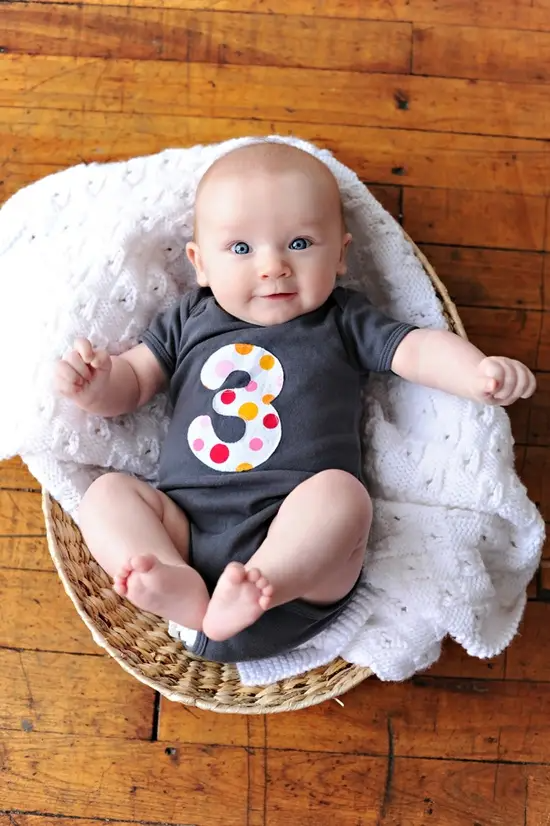 0
0 Baby weight at 6 months
Babies gain an average of 450 grams in six months. But the increase can be either more or less than the average value. It is worth showing the baby to the doctor if he adds less than 100 grams per week.
Shulamith Volfson
Pediatrician with more than 18 years of experience
It is worth remembering the difference in gains between breastfed and artificially fed children. Babies who eat formula milk add gradually, in the first six months, 600–700 g each. But breastfed babies up to 4–6 months old can sometimes even gain up to 1.5–2.5 kg per month, and this is absolutely normal , in the second half of the year such "dumplings" will definitely "slim". nine0003
More than a dream
baby-sleep.ru
Baby weight at 6 months (kg) Boys
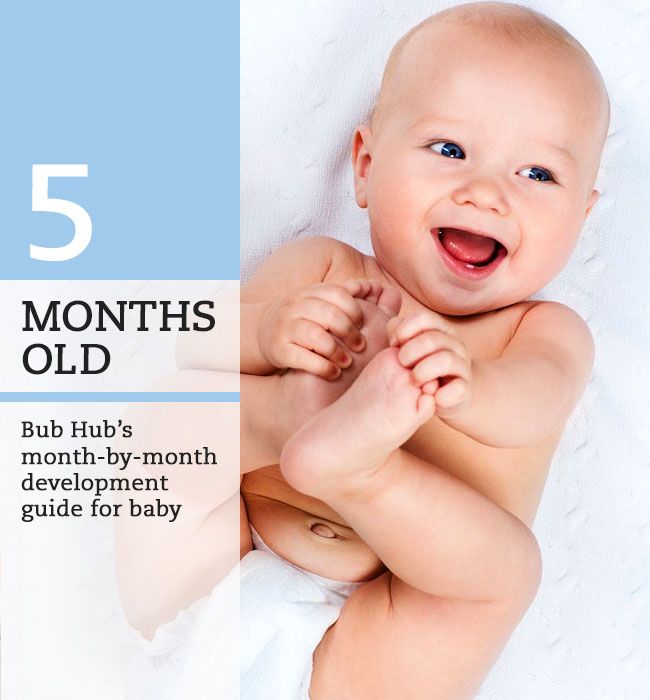 1
1 Skillful hands: developing hand skills at 6 months
You may notice that at this age the baby begins to move his fingers more clearly when grasping. If a toy gets into his hand, he not only can hold it, but swings it and shifts it from hand to hand. In the bathroom, the child can wave his hands at the sight of water, and while bathing, slap them on the surface. With “empty” hands, the baby also sometimes waves rhythmically.
Physical development of a child at 6 months
The baby becomes much more mobile. Many six-month-old children begin to crawl and sit up on their own. But don't worry if this hasn't happened to your child yet. Normally, independent sitting can develop even up to 9months, and crawling - up to 13!
You can encourage crawling by placing toys in front of your baby so that he has to move forward a little to catch them. Let the child crawl all over the floor in the room, ideally if the whole house becomes his play space. Before you let your baby crawl, make sure sockets are covered with plugs, wires and small objects are removed, hanging edges of the tablecloth are tucked up, and access to dangerous substances is closed.
Moms are most often worried this month:
Is it possible to sit down a baby if he is not yet sitting by himself?
If the baby does not sit down by himself, do not rush to sit him down.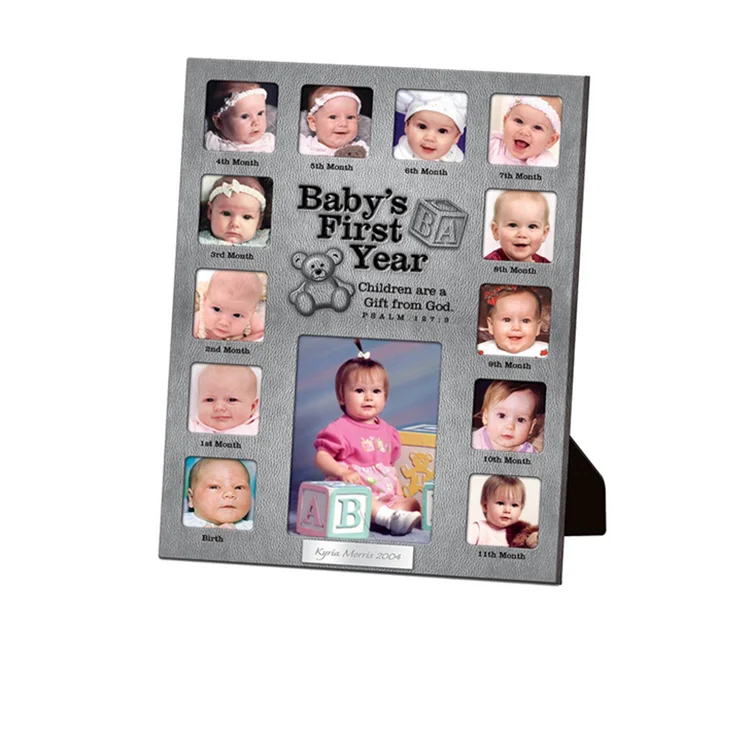 Better pay attention to preparing the muscles of the arms and back for mastering this skill. Encourage your child to get on all fours and crawl, do light exercises, such as giving your baby your fingers to grab, and allowing him to independently pull himself up on his hands and sit down. Having strengthened his arms and back, having mastered the position on all fours, the baby will quickly sit down without your help. nine0003
Better pay attention to preparing the muscles of the arms and back for mastering this skill. Encourage your child to get on all fours and crawl, do light exercises, such as giving your baby your fingers to grab, and allowing him to independently pull himself up on his hands and sit down. Having strengthened his arms and back, having mastered the position on all fours, the baby will quickly sit down without your help. nine0003
Call your pediatrician if your baby has not rolled over from tummy to back by the end of the seventh month.
If your baby has already shown food interest (looks enthusiastically at your plate, pulls his hands to your food), then at this age it is already possible to introduce complementary foods. It is usually recommended to start with one boiled vegetable, without salt or any other additives, with a serving of a quarter teaspoon, preferably in the morning. In any case, before introducing the first complementary foods, be sure to consult a pediatrician.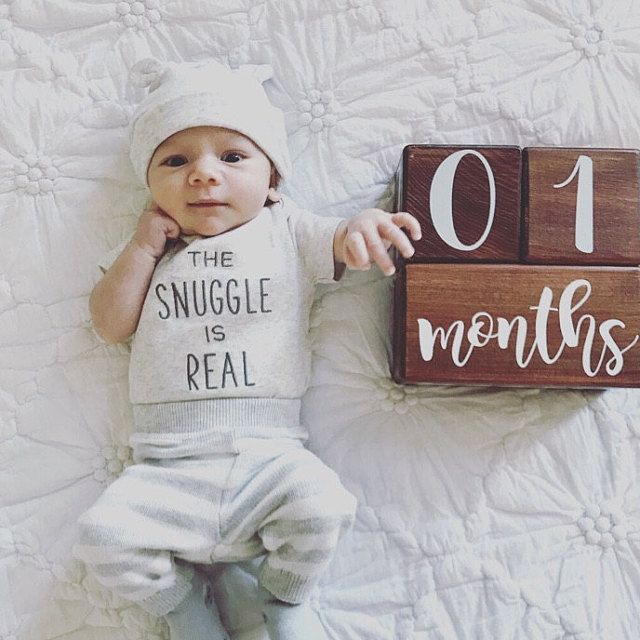 nine0003
nine0003
After six months, the innate immunity that the child received from the mother during pregnancy weakens. Perhaps the baby will catch a runny nose for the first time or start coughing. Read the article on sleep during illness to know how your baby will behave when unwell.
Many six-month-old babies are in the midst of teething. This can affect both sleep and behavior during the day.
Mental development of a child of 6 months
Literally, the baby has just come out of the fifth leap of development, as a result of which he learned about the relationship of things and the presence of a distance between them. As a consequence of this new knowledge, a separation fear appears: the child understands that his mother can leave, and he will not catch up with her! Therefore, he becomes more restless and can “hang” in his arms for a long time. nine0003
In addition, the baby begins to fear strangers. Now he is unlikely to go to the hands of a doctor or even to his grandmother, whom he has not seen for a long time, and maybe even be afraid of her one look!
Pay attention to the pediatrician if by the end of the seventh month the child does not chant syllables like “ma-ma”, “ba-ba”, “ga-ga”, etc. (does not babble).
(does not babble).
Baby massage at 6 months
From the age of six months, one more massage technique can be added to stroking and rubbing - kneading. With the fingertips of one hand, except for the big one, lightly press on the skin and make short circular movements. Thus, we pass along the handles from the hand to the shoulder, along the legs from the foot to the hip, along the tummy clockwise, along the back from the buttocks to the neck along the spine. nine0003
Remember that for a healthy baby, massage is first of all a pleasant communication with the mother, and not an obligatory procedure. Five minutes a day will be enough. And if he (or you) doesn’t like it at all, it’s better to refuse such a pastime.
To make the massage more interesting, you can accompany it with play rhymes, for example:
Rain waters the grass,
( lightly tap on the back with the tips of relaxed fingers )
The wind shakes the tree.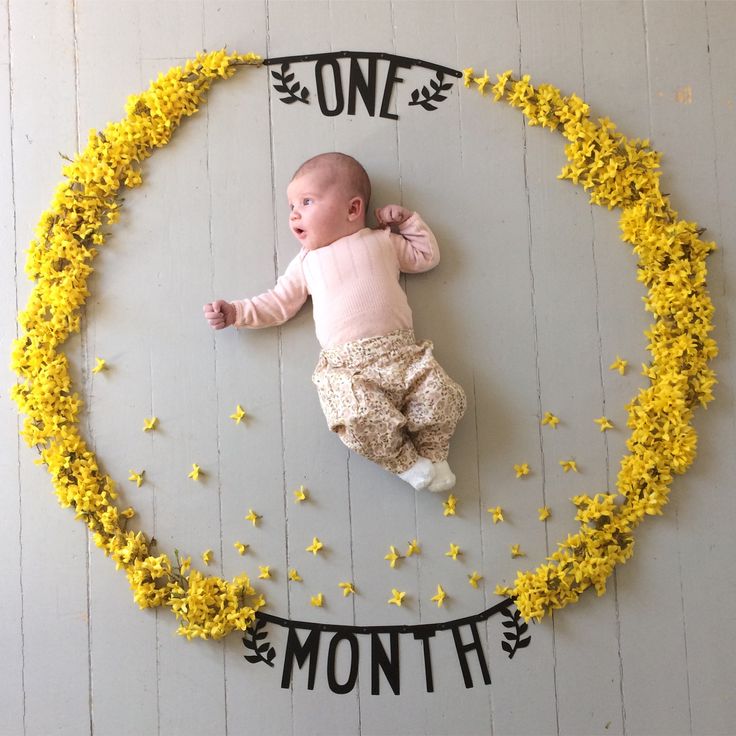 nine0031 ( putting hands on shoulders, slightly rocking )
nine0031 ( putting hands on shoulders, slightly rocking )
Leaves hanging, hanging
( softly touch your shoulders with your fingertips )
And they are slowly flying down.
( slowly stroke the spine with your fingertips )
Children run out to the kindergarten
( "run" the index and middle fingers of both hands along the back )
And the leaves are collected.
( pinch 9 lightly0314 )
Carry them home
( “pass” with the index and middle fingers of both hands along the back )
And they put it in a box.
( put paper leaves or fingertips on the baby's palm and close his fingers into a fist )
Development of speech
The baby continues to babble, but at the same time changes are ripening in his mind that prepare the transition of babble into real speech. He continues to develop speech hearing, and he pronounces babbling syllables more and more clearly.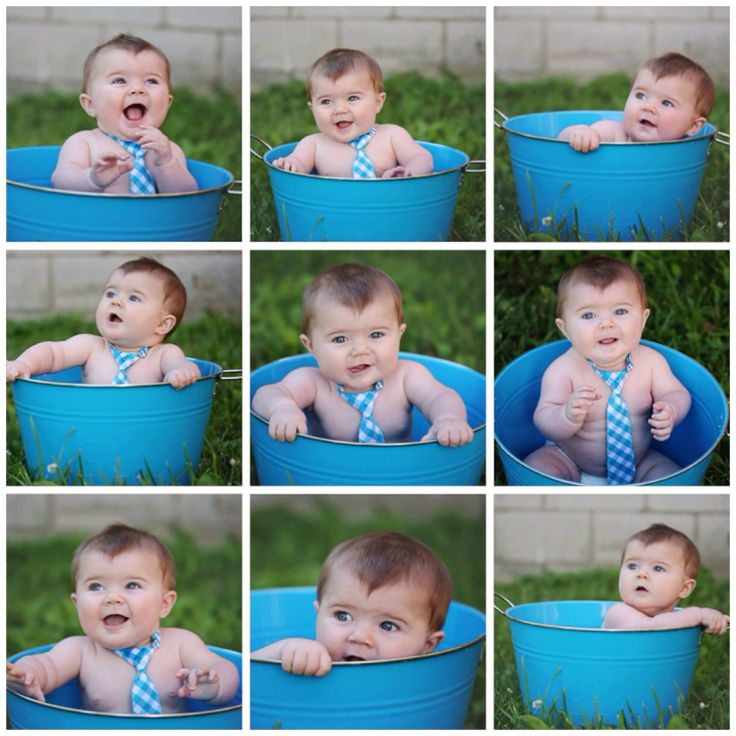 This is due to the imitation of the speech that he hears from adults. Therefore, often talk to the child, even if he does not understand the meaning of the words. nine0003
This is due to the imitation of the speech that he hears from adults. Therefore, often talk to the child, even if he does not understand the meaning of the words. nine0003
He will begin to understand in just a couple of months, but already now you can prepare fertile ground. Just clearly name the items that the baby is interested in himself or that you are currently using.
How to play with a 6 month old baby?
Games with children after six months become much more interesting and varied.
Ball gymnastics . Stimulates the vestibular apparatus, develops coordination, prepares for walking.
Place the baby on the fitball with his tummy, hold him by the side and knee. Swing the ball back and forth, left and right and in a circle. You can accompany this with jokes, songs and gentle words. nine0003
Then rock up and down: first the baby stands on its feet for a second (you continue to support it), then “dives” upside down (not very low).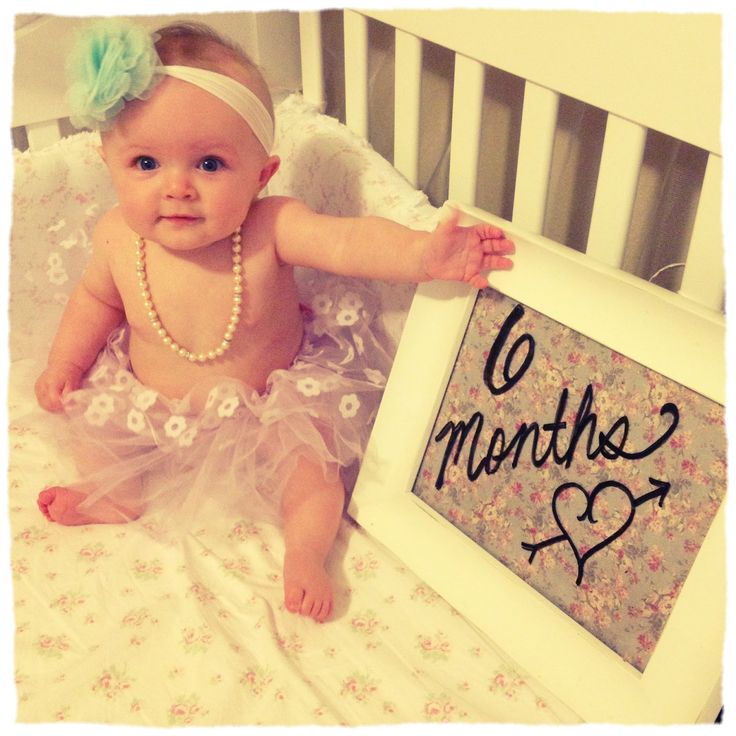 Repeat 5-6 times. At the end, jump with the child on the ball: up to 10 times lying on the tummy and up to 10 times sitting. And then standing.
Repeat 5-6 times. At the end, jump with the child on the ball: up to 10 times lying on the tummy and up to 10 times sitting. And then standing.
Phone Game . Develops onomatopoeia and active speech.
Sit next to your baby, hold a toy phone to your ear and say the simplest syllables, changing intonation and voice. For example:
Bababa. Bababa?
Mom. Mommy?
Dadada! Yes Yes Yes?
Give the phone to the baby. Perhaps he, too, will repeat these syllables after you.
Game “What is there?” . Develops fine motor skills of hands and thinking of the child.
Put an interesting toy in a pretty box. Draw the attention of the baby first to the box itself. Examine it, show the baby how it opens. Invite him to open the box himself.
Then ask, "What's in there?" Switch your baby's attention to the toy. Take the toy out of the box and play with it. At the same time, constantly pay the attention of the baby to the name of the toy.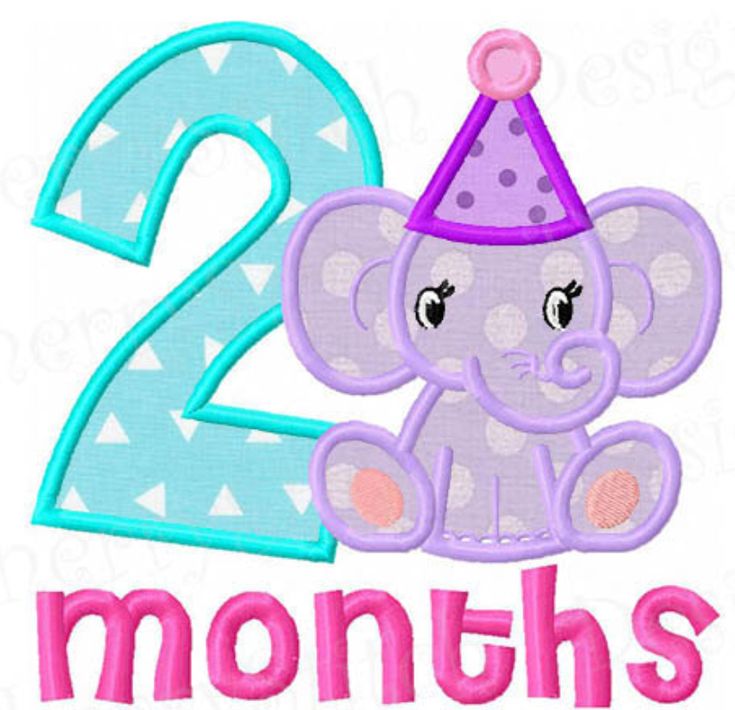 For example: “This is a dog. What a doggy! Let's hide the dog in the box." Continue playing with other toys. nine0003
For example: “This is a dog. What a doggy! Let's hide the dog in the box." Continue playing with other toys. nine0003
Many options for playing with a six-month-old baby using the PEKIP system are described in a separate article on our website.
Toys for a 6-month-old baby
A six-month-old baby is interested in almost everything, which means that toys become even more diverse. The child continues to learn colors, shapes, sizes, textures, actions that can be performed with a toy. The only requirement for it is safety: the absence of small parts that can be taken into the mouth, sharp edges, long ribbons, etc.
How sleep and child development mutually influence each other
A 6-month-old baby normally sleeps 13.5–16 hours a day. Night sleep of them - 10-12 hours. Some children have three more daytime sleeps, while others are already switching to 2. Read more about the night and daytime sleep of a six-month-old baby in our service: "A child's sleep month by month. "
At this age, the child can already be offered a toy for sleeping, as well as begin to teach him to fall asleep on his own.
BabySleep FAQ this month
Mom:
“The child is 6 months old and a week old, all this time there were no problems with sleep, somewhere from 5 months old he sleeps at night for 8–9 hours without waking up. Now the picture: three daytime sleeps, the first two are about 1.5 hours each, the last 45 minutes. My daughter always went to sleep and leaves with my breasts, then I put her in the crib.
The question is that I began to go to sleep at night (for the last couple of weeks) late, much later than usual - at 22-23 hours (before that, I normally left with breasts at about 20:00). During the day and in the last hours of the evening, the daughter is cheerful and cheerful, communicates, explores the world, explores rattles. Why can this be so? What to do?" nine0003
Counselor's answer
Tatyana Popova
Senior sleep consultant, psychologist
Your daughter is growing and the amount of time she can be awake is increasing. Because of this, dreams “slip” and the rhythm of the day as a whole “floats”. After six months, some children are already ready to switch to two daytime naps, if they can withstand at least 3 hours of wakefulness without overindulgence.
Because of this, dreams “slip” and the rhythm of the day as a whole “floats”. After six months, some children are already ready to switch to two daytime naps, if they can withstand at least 3 hours of wakefulness without overindulgence.
What should you do? There are two options: 1 - try to slightly lengthen the daughter's wakefulness at the beginning of the day and between sleeps, and instead of the third sleep, put her to bed early at night; 2 - if two dreams are still clearly not enough for the baby, then one of the first long dreams should be reduced (to about 1 hour) and due to this, bedtime in the evening should be shifted to an earlier time. nine0003
Be prepared for the fact that the child is unlikely to be able to adjust to a new regimen with two sleeps in one day: often children alternate the number of dreams for some time, then sleep 2 times (then the wake time is a little longer, and going to bed earlier) , then 3 times (the dreams themselves are shorter, and at night the child leaves later).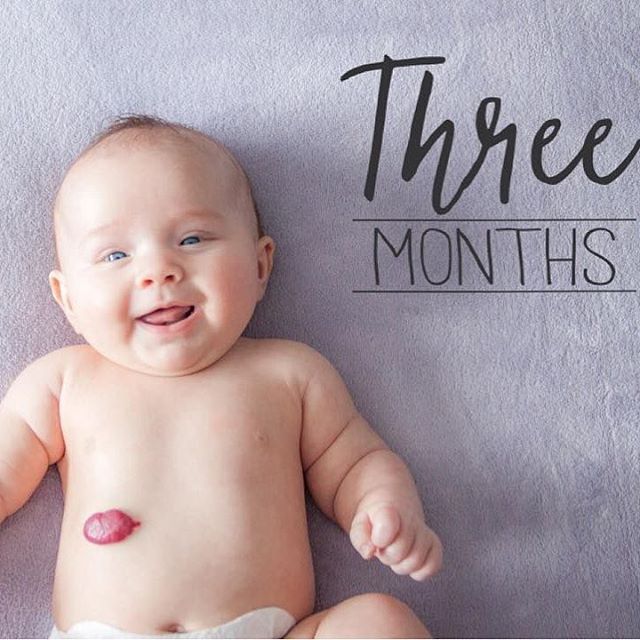
How BabySleep can help
If your baby sleeps short daytime naps, wakes up frequently at night, has difficulty falling asleep for a long time, or wakes up in a bad mood, seek help from a sleep consultant by choosing an escorted package. nine0003
#growth spurt#mommymassage#baby play
', nextArrow: '', responsive: [{breakpoint: 1199, settings: {arrows: !1, infinite: !1, slidesToShow: 1}}] }) })Development of a child at 6 months: what to pay attention to
The tasks of parents are to try to observe the daily routine, facilitate teething, not to seat the child prematurely and actively communicate with him
Big changes are taking place in the life of a baby who is six months old: familiarity with new food, first babbling, attempts to sit up on their own, the appearance of teeth. Of course, all children develop at a different pace, but there are general features of age that parents can focus on. nine0314
What a six-month-old baby can do
Motor activity
Usually, a six-month-old baby already knows how to roll over from back to stomach and vice versa. So never leave it unattended! Now is the most dangerous time in this sense - yesterday the baby was lying and could not move independently, and today any attempt to roll over can be successful. The most active may even begin to crawl. Care should be taken to create a safe environment in the house, because now the baby can have access to many things. In order for the fidget to allow him to calmly change his diaper on the changing table, always have a toy on hand that can distract him. nine0003
So never leave it unattended! Now is the most dangerous time in this sense - yesterday the baby was lying and could not move independently, and today any attempt to roll over can be successful. The most active may even begin to crawl. Care should be taken to create a safe environment in the house, because now the baby can have access to many things. In order for the fidget to allow him to calmly change his diaper on the changing table, always have a toy on hand that can distract him. nine0003
During this period, if you lift the baby and keep it upright, he will joyfully push off the surface with his legs, imitating jumps.
Lying on their backs, many children put their own legs into their mouths. At the age of six months, the baby already quite deftly acts with both hands during the game: he can take an object both on the right and on the left, shifts the toy from one handle to another.
Many parents wait impatiently for their child to finally be able to sit up. The kid will definitely sit down on his own, as soon as his back muscles get stronger.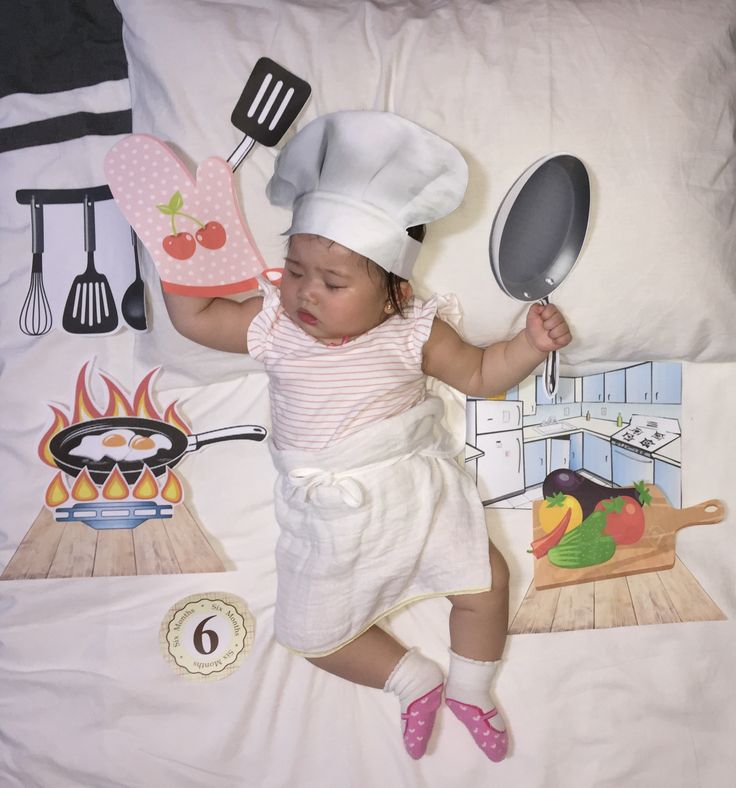 Do not rush the baby, do not seat him ahead of time. In a baby carrier or stroller, you can put your child in a semi-sitting position, but the backrest should not be placed in an upright position. nine0003
Do not rush the baby, do not seat him ahead of time. In a baby carrier or stroller, you can put your child in a semi-sitting position, but the backrest should not be placed in an upright position. nine0003
Other abilities
By the age of 6 months, the baby already distinguishes colors well, he is attracted to any movements and small objects that fall into his field of vision. He watches with pleasure the face of his mother and everything that she shows him.
The degree of development of vision allows you to be actively interested in the details of the face of an adult who addresses him. The kid tries to grab glasses, earrings, hair of the one he can reach.
At the same time, he well distinguishes his own from others. The child listens attentively to the speech of the mother and remembers a lot. At 6 months, he already knows his name and reacts to being addressed with joyful babble. nine0003
What to do with it
There are many different methods of early development.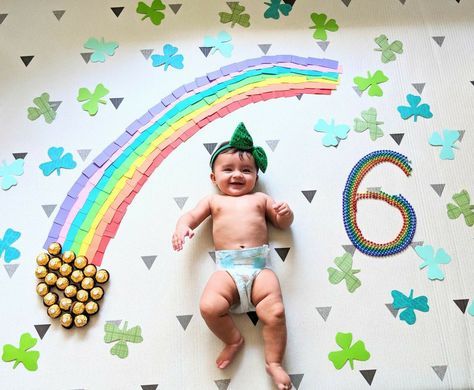 Now experts are actively discussing the advantages and disadvantages of early development, but the choice is yours.
Now experts are actively discussing the advantages and disadvantages of early development, but the choice is yours.
A developing environment for a child can be created at home. If you want to sometimes go out into the big world, a school or a club for mothers and children is suitable for you. In any case, every child loves to be talked to and played with. Hide and seek, ringing rattles, games during bathing are liked by most babies. nine0003
During this period of active development, the regularity and routine of the day will help the baby to remain calm and self-confident. Try not to disturb the routine of everyday life and do everything according to the schedule (eating, sleeping, walking).
Be attentive to your child, trying to answer all his requests. Remember that he learns literally everything from you, and a close bond with an adult will help develop a secure attachment.
Health
Medical consultations
At 6 months, children are usually examined by a pediatrician. Prepare for the consultation in advance and consider what questions you would like to ask the specialist. nine0003
Prepare for the consultation in advance and consider what questions you would like to ask the specialist. nine0003
Does the baby babble? Consult a pediatrician who will test your child's hearing. The examination, which is carried out in the maternity hospital at birth, can only reveal serious pathologies. If you have any doubts about your baby's vision, you can also be examined by a specialist.
Care
Between the ages of 6 and 12 months, diaper rash is common. If the baby already knows how to sit, then in this position the diaper rubs and irritates the skin more. To prevent the appearance of redness and diaper rash, change diapers more often, use special creams and powders suitable for babies. nine0003
Nutrition
Breast milk or infant formula at 500 ml per day remains the mainstay of a six-month-old baby's diet. But at this age, you can and should begin to diversify its menu. According to the Program for optimizing the feeding of children in the first year of life in the Russian Federation, at 6 months it is important to introduce meat puree, a source of easily digestible iron, into the child's diet. From 7 months, the yolk is added, and from 8 months - fish puree, of course, in the absence of allergic reactions.
From 7 months, the yolk is added, and from 8 months - fish puree, of course, in the absence of allergic reactions.
The baby may not like the new product at first - this is a normal reaction. It's important to be persistent. It sometimes takes 10-15 attempts to "accept" a new product!
Do not forget to offer your child water that can be poured not only into an ordinary bottle with a nipple, but also into a special “cup” (a bottle with a spout).
Sleep
At this age, the child still wakes up in the middle of the night. Sometimes this may go unnoticed (the baby quickly falls asleep again), but more often he wakes up and cries. At the same time, the need for sleep at this age is from 12 to 15 hours a day. nine0003
Teeth
Most babies have their first tooth at 6 months of age. But there are cases when this process begins at 4 months or, conversely, much later. There are no reasons for concern. Each child has his own pace of development.
Teething may go unnoticed and have no effect on the baby's behaviour. Although parents, as a rule, attribute the appearance of teeth to any negative manifestations in their child: sleep disturbances, whims, bad mood. Before you blame your teeth for everything, make sure that the baby does not have any health problems. If your child has a fever, consult a doctor. nine0003
Although parents, as a rule, attribute the appearance of teeth to any negative manifestations in their child: sleep disturbances, whims, bad mood. Before you blame your teeth for everything, make sure that the baby does not have any health problems. If your child has a fever, consult a doctor. nine0003
But if the baby's gums are red and swollen, he has a strong salivation, he tries to bite and "gnaw" his fingers and everything that falls into his hands, you can alleviate his condition. Gently massage your gums with your finger. Offer your baby a teething toy that is pre-cooled in the refrigerator to help reduce discomfort. The pharmacy sells special gels for gums. If you still can't cope with the pain, you can give your child paracetamol.
Possible cause for concern
Seek specialist advice if you find any of the following in your child.
Vision, hearing, communication skills
- The baby does not look into the eyes, does not follow moving objects with his eyes; eye position is not symmetrical.

